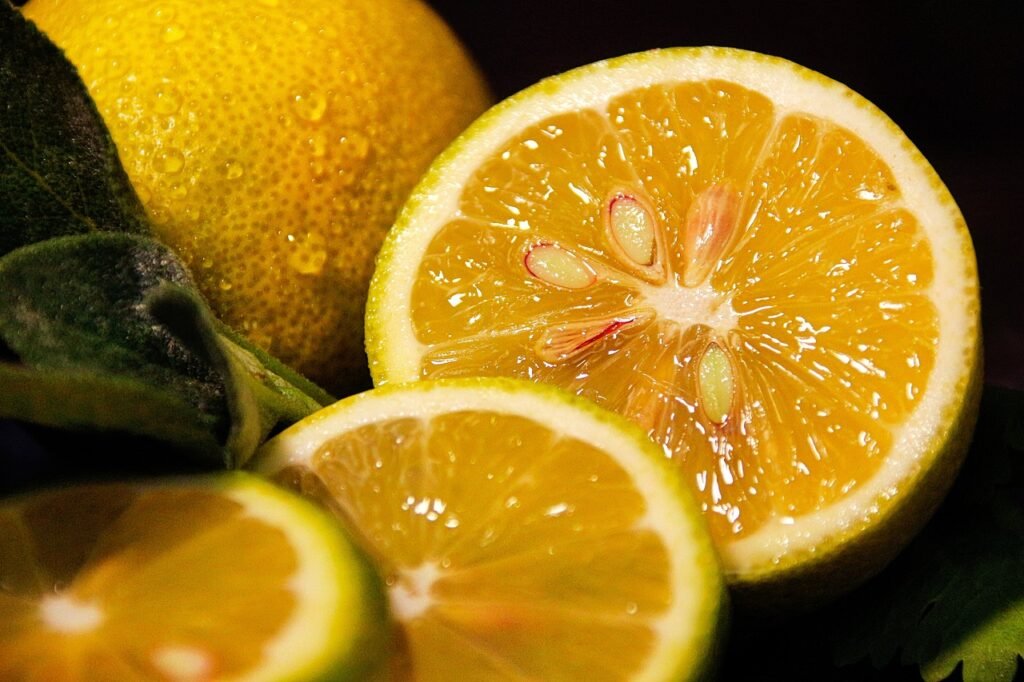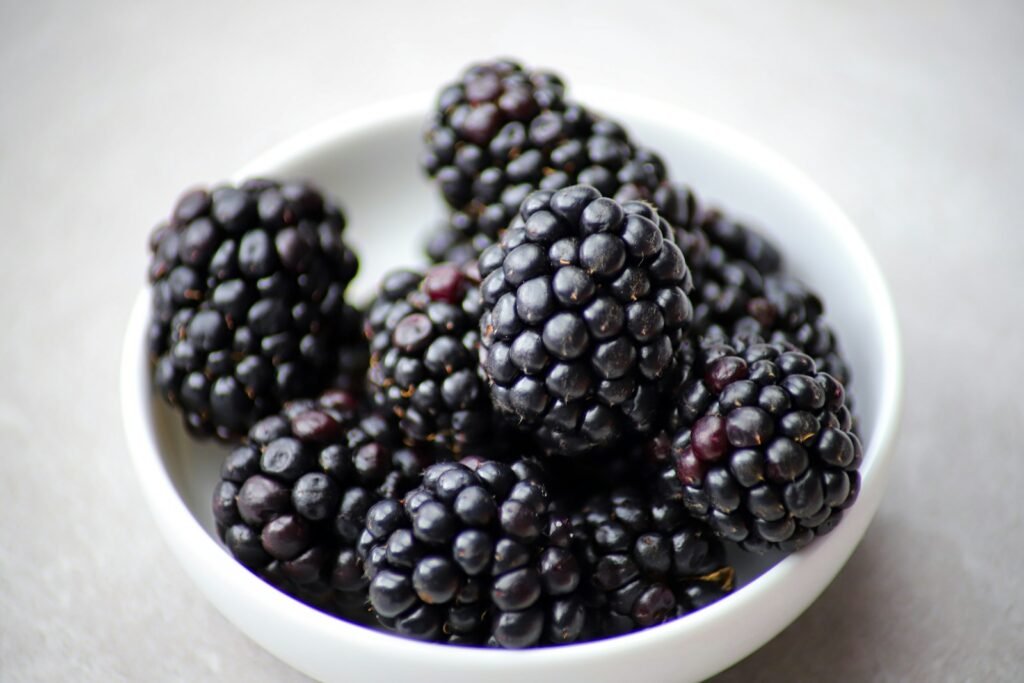Martini Ingredients and Garnishes
Introduction
The Martini, with its timeless elegance and refined simplicity, has cemented its status as a classic cocktail beloved by aficionados and novices alike. At the heart of the Martini’s allure lies its meticulously curated ingredients and garnishes, each contributing to its distinct flavor profile and aesthetic appeal. In this comprehensive exploration, we will delve deep into the world of Martini ingredients and garnishes, uncovering the nuances that elevate this iconic libation to unparalleled heights of sophistication.
Martini ingredients and garnishes play a crucial role in defining the character and flavor profile of this iconic cocktail. At its core, the martini typically consists of two main ingredients: a base spirit, usually gin or vodka, and a vermouth, which adds complexity and depth to the drink. The choice of spirit can significantly impact the martini’s taste, with gin imparting herbal, botanical notes, while vodka offers a clean, neutral base for more subtle variations. Similarly, the type and proportion of vermouth used can influence the cocktail’s dryness and overall flavor profile, ranging from bone-dry to slightly sweet.
Beyond the essentials, martini aficionados often experiment with additional ingredients to create unique variations and flavor combinations. From flavored liqueurs and bitters to fresh fruit juices and herbs, the possibilities for customization are virtually endless.

For instance, a splash of citrus liqueur can add a zesty twist to a classic martini, while a hint of elderflower syrup can lend floral elegance to the mix. These supplementary ingredients not only enhance the martini’s flavor but also allow bartenders and home enthusiasts alike to showcase their creativity and palate preferences. Garnishes serve as the finishing touch, adding visual appeal and aromatic complexity to the martini experience. Traditional garnishes include citrus twists, such as lemon or lime peels, which release essential oils and provide a refreshing aroma with each sip. Alternatively, olives offer a savory contrast to the martini’s dryness, while cocktail onions, known as pearl onions or “Gibson” onions, add a subtle sweetness and a touch of sophistication. More adventurous garnishes, such as fresh herbs, edible flowers, or even bacon strips, can further elevate the martini’s presentation and flavor profile, transforming it into a true culinary delight.
Ingredient #1: The Base Spirit (Gin or Vodka)
Gin
What is gin?
Gin is a distilled alcoholic beverage that derives its predominant flavor from juniper berries. It is a versatile spirit with a rich history, varied production methods, and a wide range of styles and flavors. Here’s an in-depth look at what gin is and what makes it unique.
History of Gin
Gin’s origins can be traced back to the Middle Ages, where it began as a medicinal liquor made by monks and alchemists across Europe, particularly in Italy and the Netherlands. The modern gin as we know it emerged in the 17th century in the Netherlands with the creation of genever, a malted grain-based spirit flavored with juniper. Gin gained widespread popularity in England after William of Orange, a Dutchman, ascended the British throne in the late 17th century. This period, known as the “Gin Craze,” saw a massive increase in gin production and consumption, especially among the poorer classes. Eventually, the British government intervened to regulate its production and sale.
Types of Gin
There are several types of gin, each with its own characteristics and production methods:
London Dry Gin: The most common style, characterized by its dry flavor profile with no artificial ingredients or flavors added after distillation. The juniper and other botanicals are prominent, with no sweetness.
Plymouth Gin: A geographically protected style of gin that can only be produced in Plymouth, England. It is slightly less dry than London Dry Gin and has a more earthy and fruity flavor profile.
Old Tom Gin: A sweeter style of gin that was popular in the 18th and 19th centuries. It is often slightly malty and less dry, making it a good choice for classic cocktails like the Tom Collins.
Genever: The Dutch and Belgian precursor to gin, made from malted grain spirit. It has a more robust, malty flavor and is often aged in barrels. Genever can be divided into two main styles: Oude (old), which is more traditional and malty, and Jonge (young), which is lighter and more akin to modern gin.
New Western or Contemporary Gin: A modern category where the juniper is less dominant, allowing other botanicals to take the spotlight. These gins often feature unique flavor profiles and experimental ingredients.
Gin in Martinis
Gin is a fascinating and multifaceted spirit with a rich history and a broad spectrum of styles and flavors. Its versatility and unique botanical flavors have made it a beloved choice for bartenders and cocktail enthusiasts worldwide. Whether you prefer the classic, juniper-forward profile of a London Dry Gin or the innovative, contemporary flavors of a New Western Gin, there’s a gin out there to suit every palate.
Gin has a botanical complexity that formsthe backbone of the classic Martini, gin infuses the cocktail with a myriad of botanical flavors, ranging from juniper and citrus to floral and herbal notes. It also has style variations and significant choicefFrom London Dry Gin to Old Tom Gin, the choice of gin can significantly impact the Martini’s flavor profile, offering a spectrum of options to suit diverse palates. Guidance on selecting the perfect gin for your Martini, including considerations of botanical balance, distillation methods, and preferred flavor profiles.
Find the perfect gin for martinis in our designated shop including London Dry Gin.
Vodka
Vodka is clean and crisp and provides a neutral canvas for the Martini, allowing the other ingredients to shine while imparting a smooth and clean mouthfeel. It has a modern versatility that has seen a rise of vodka in Martini culture has expanded the cocktail’s appeal, appealing to those who prefer a subtler flavor profile or seek to experiment with contemporary twists. Recommendations for premium vodkas suitable for crafting the perfect Martini, emphasizing purity, smoothness, and compatibility with vermouth and garnishes.
#2 Dry Vermouth: For the essence of balance
Dry vermouth is an aromatic wlixir that adds complexity and depth to the Martini, balancing the spirit’s potency with herbal and botanical nuances. Vermouth also comes in many varieties to explore the different styles of dry vermouth, from classic French to Italian varieties, and their respective flavor profiles and characteristics. Insights into the delicate art of vermouth ratios, guiding Martini enthusiasts in achieving the perfect balance between spirit and vermouth to suit personal preferences.
#3 Garnishes: Elevating Presentation and Flavor
Lemon Twist
A lemon twist is a type of garnish made from the peel of a lemon. It is commonly used in cocktails to add a burst of citrus aroma and a touch of elegance to the drink. The lemon twist is prized for its ability to enhance both the visual appeal and the flavor profile of a cocktail. Here’s a closer look at what a lemon twist is, how to make one, and how it is used in mixology.
- Citrus Zest: The lemon twist imparts bright, citrusy aromas and flavors to the Martini, enhancing its freshness and complexity.
- Twisting Techniques: Step-by-step instructions for creating the perfect lemon twist, including tips for releasing essential oils and garnishing with precision.
Read our designated article to learn how to make a superb lemon twist for martinis.
Olives
- Briny Accent: Olives add a savory and briny dimension to the Martini, complementing its botanical and herbal notes with a touch of umami richness.
- Olive Selection: Recommendations for selecting high-quality olives, including varieties such as Spanish Queen, Castelvetrano, and Picholine, to enhance the Martini’s flavor profile.
- Skewering Strategies: Techniques for skewering olives with cocktail picks or spears, ensuring a visually appealing presentation and ease of garnishing.
Cocktail Onions
- Sweet and Savory: Cocktail onions infuse the Martini with a subtle sweetness and savory depth, offering a distinctive twist on traditional garnishes.
- Onion Preparation: Guidelines for preparing cocktail onions, including brining techniques and flavor enhancements such as pickling spices or vinegar infusions.
Conclusion
As we raise our glasses to toast the history and culture of martinis, we’re reminded of the timeless appeal of this iconic cocktail – a symbol of elegance, sophistication, and celebration. From its humble origins to its enduring legacy, the martini continues to captivate cocktail enthusiasts around the world, embodying the artistry, innovation, and sheer pleasure of the perfect libation. So here’s to the martini – a timeless classic that never goes out of style. Cheers


